If you've ever been halfway through a recipe that calls for smoked paprika, only to realize it's missing from your spice rack, you know the panic that follows. That rich, earthy, smoky depth it brings to dishes like paella, grilled meats, or even roasted vegetables is hard to replicate — but not impossible.
| Substitute | Flavor Profile | Heat Level | Best For | Substitution Ratio |
|---|---|---|---|---|
| Regular Paprika + Smoked Salt | Mild, sweet, with added smokiness | Low | Dishes where smoke is optional | 1:½ (½ tsp salt per tsp paprika) |
| Ancho Powder | Earthy, slightly sweet, fruity | Mild | Slow-cooked dishes, sauces | Equal amount |
| Chipotle Powder | Smoky and spicy | Medium-High | Meat rubs, chili, BBQ | Use sparingly (½ tsp per tsp) |
| Papalele (Spanish Sweet Paprika) | Mellow, nutty, and floral | Low | Gentler dishes like rice or soup | Equal amount |
| Cayenne + Smoked Salt | Hot and smoky | High | Spicy marinades or dressings | ½ tsp cayenne + ½ tsp salt |
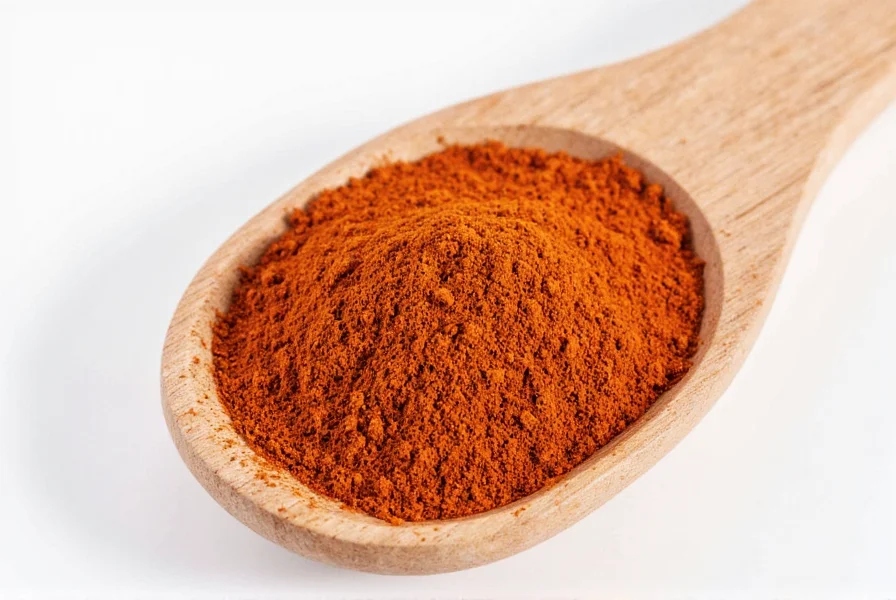
Why Use Smoked Paprika?
Smoked paprika, or pimentón, is made by drying peppers over oak fires before grinding them into powder. This gives it its signature smoky flavor, which ranges from sweet to hot depending on the variety (sweet, bittersweet, or hot). It's essential in Spanish dishes like chorizo, patatas bravas, and of course, paella.
The Flavor Profile:
- Smoke: Deep, campfire-like aroma
- Heat: Varies by type — hot versions bring mild to moderate spiciness
- Sweetness: Sweet paprika offers no heat, just warm, earthy notes
If you're out, here are some solid alternatives that can mimic its flavor profile depending on what you need most: smoke, sweetness, or heat.
1. Regular Paprika + Smoked Salt
This combination mimics the earthy sweetness of smoked paprika while adding back the smoky element via salt. While not identical, it works well in soups, stews, or even deviled eggs.
Tips: Add salt gradually to avoid overpowering your dish.
2. Ancho Powder (Dried Poblano Pepper)
Ancho has a deep red color and a slightly sweet, raisin-like flavor with subtle smokiness. It's perfect if you want to maintain color and body without much heat.
Use In: Mole sauces, tomato-based soups, enchiladas
3. Chipotle Powder
For those who love the real deal, chipotle adds bold smokiness and significant heat. Great for barbecue rubs or Mexican-inspired dishes.
Note: Go easy — it's more potent than smoked paprika.
4. Papalele (Sweet Spanish Paprika)
If you want the same texture and gentle flavor without the smokiness, papalele is a milder cousin. Ideal for Mediterranean-style dishes or delicate sauces.
5. Cayenne + Smoked Salt
A punchy combo for when you need both heat and smokiness. Best suited for spice lovers or dishes with strong flavors (like grilled meats).
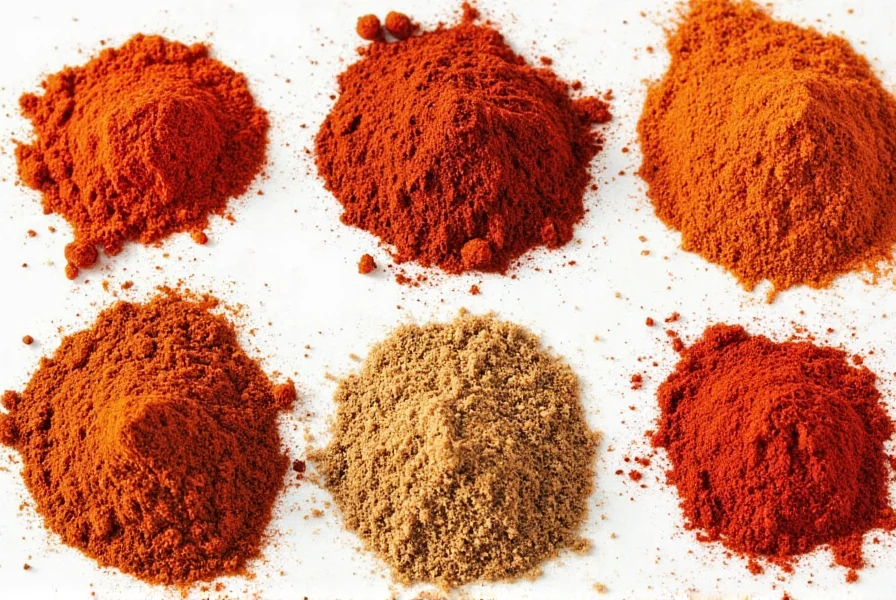
How to Choose the Right Substitute
Here's a simple decision tree to help you pick the best sub based on your needs:
- You need smokiness but little heat → Use regular paprika + smoked salt
- You want deep flavor without too much spice → Try ancho powder
- You crave bold smoky heat → Reach for chipotle powder
- Your dish needs subtlety → Go with papalele
- You love spicy kick + smoke → Combine cayenne + smoked salt
Remember:
- Adjust quantities to taste
- Test with a small batch before committing
- Balance other flavors (e.g., acid or fat) to counteract any sharpness
Tips for Subbing Spices Like a Pro
Substituting spices isn't always one-size-fits-all. Here are some advanced techniques and tricks that seasoned cooks use to keep their recipes balanced:
Layering Flavors
If you don't have a direct substitute, try layering two or more ingredients to mimic the original flavor. For example:
- Paprika + garlic powder + liquid smoke = a smoky umami blend
- Cumin + chili flakes + a dash of maple syrup = smoky-sweet alternative
Taste as You Go
Especially important when using strong substitutes like chipotle or cayenne. Start with half the amount and adjust slowly.
Know Your Heat Tolerance
Some subs like chipotle and cayenne can easily overpower your dish. Always consider who's eating — kids or guests may prefer a milder version.
Experiment with Oil Infusions
Infuse olive oil with your chosen substitute (like chipotle or ancho) to add a gradual, mellow smoky base to soups or marinades.
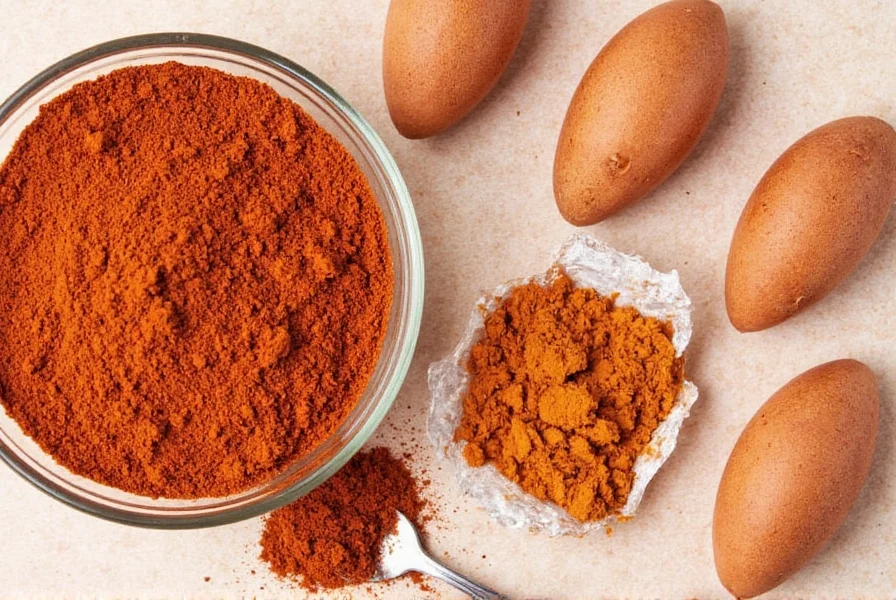
Spice Storage Hacks to Keep Your Flavors Fresh
Proper storage ensures your spices stay vibrant and potent for longer. Here's how to store common pantry staples:
Where to Store:
- Whole seeds (cumin, coriander): Last up to 4 years in airtight containers away from light
- Ground spices: Last about 2–3 years
- Smoked spices: Sensitive to moisture; keep in dark glass jars
Keep It Cool & Dry:
Avoid storing near the oven or sink. Humidity degrades flavor quickly.
Label & Date Everything:
Use chalkboard labels or sticky tags to mark purchase dates and contents clearly.
Refrigeration?
Only necessary for blends with oils or perishable additions. Most pure ground spices do fine at room temperature.
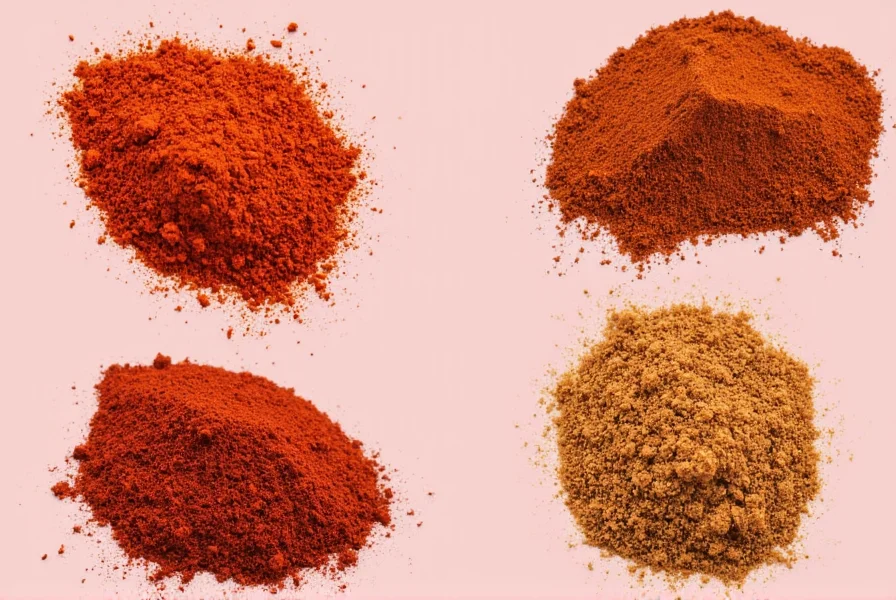
Buying Guide: Choosing Smoked Paprika and Alternatives
Whether you're stocking up or looking for alternatives, here's how to choose wisely:
What to Look For in Smoked Paprika:
- Type: Sweet (Pimentón Dulce), Bitter-Sweet (Agridulce), or Hot (Picante)
- Brand: La Dalia, Padrón, or Ole Imports are reliable choices
- Grind: Fine powder for blending; coarser for rubs
- Origin: Authentic Spanish varieties carry more depth
Top Brands & Varieties Worth Trying:
| Product | Description | Best For | Available At |
|---|---|---|---|
| La Dalia Smoked Paprika | Classic Spanish paprika with balanced smoke and warmth | Paella, roast chicken, aioli | Kitchen specialty stores, Amazon |
| McCormick Smoked Paprika | Affordable option with lighter smoke flavor | Weeknight meals, soups | Grocery stores, online retailers |
| Hatch Valley Smoked Chili Powder | US-grown, medium-smoke, slight heat | Tacos, chili, BBQ | Local markets, gourmet shops |
| Los Pozos Pimentón de la Vera Picante | Authentic hot smoked paprika from Spain | Spicy sausage, grilled lamb | Specialty import stores |
Choosing Alternatives:
- Ancho Powder: Look for deep red color and fruity undertones
- Chipotle Powder: Darker color means more smoke intensity
- Smoked Salt: Try flake or coarse sea salt infused with natural smoke
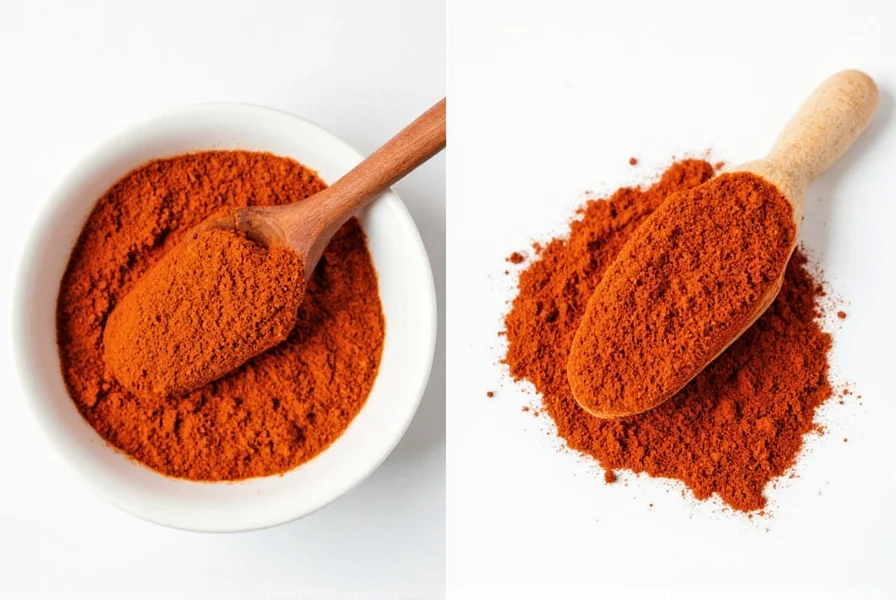
Frequently Asked Questions
What's the closest substitute for smoked paprika?
The closest substitute for smoked paprika is chipotle powder, which provides both smokiness and a similar heat level. For a milder option, combine regular paprika with smoked salt (use ½ tsp smoked salt per 1 tsp regular paprika). This combination captures the earthy sweetness with added smokiness.
Can I use regular paprika instead of smoked paprika?
Yes, but you'll miss the distinctive smoky flavor. Regular paprika provides the same earthy sweetness without smoke. For best results, combine regular paprika with a small amount of smoked salt (½ tsp per teaspoon of paprika) or add a few drops of liquid smoke to restore that essential smoky dimension to your dish.
How much chipotle powder should I use as a substitute for smoked paprika?
Use chipotle powder sparingly as it's more potent than smoked paprika. The recommended ratio is ½ tsp chipotle powder for every 1 tsp of smoked paprika called for in your recipe. Chipotle brings both smokiness and heat, so start with less and adjust to taste, especially if your dish will be served to people who prefer milder flavors.
Is smoked paprika the same as hot paprika?
No, they're different. Smoked paprika refers to paprika that's been smoked during processing, regardless of heat level. It comes in sweet (no heat), bittersweet (mild heat), and hot varieties. Regular hot paprika provides heat but lacks the smoky dimension. If you only have hot paprika, add smoked salt or another smoke source to approximate smoked paprika's flavor profile.
Can I substitute smoked paprika for regular paprika?
Absolutely - in fact, many chefs prefer smoked paprika as an upgrade to regular paprika. Just be aware that it will add smokiness to your dish. In most recipes, you can use them interchangeably in a 1:1 ratio, but consider whether the smoky flavor complements your dish. For delicate recipes like creamy sauces or light-colored dishes, regular paprika might be preferable.
How can I tell if my smoked paprika has gone bad?
Smoked paprika doesn't technically expire but loses potency over time. Fresh smoked paprika should have a vibrant red color and strong smoky aroma. If it looks faded, smells dusty or musty, or doesn't impart much flavor to your dishes, it's time to replace it. Properly stored in an airtight container away from light and heat, smoked paprika maintains peak quality for 2-3 years.
Conclusion
Running out of smoked paprika doesn't mean your dish is doomed. With a bit of creativity and these handy substitutes, you can still create mouthwatering meals with smoky depth and character.
From mixing regular paprika with smoked salt to reaching for chipotle powder for a spicy twist, there's a solution for every flavor preference and cooking style. And once you find a favorite sub, don't forget to store your spices properly to ensure they last as long as possible.
So next time you reach for the pimentón and come up short, breathe easy — you've got options, and your dinner is still going to be amazing.
Final Tip:
Build a backup spice kit with common substitutes like chipotle powder, ancho chilies, and smoked salt. Trust us, it'll save your dinner more times than you think!

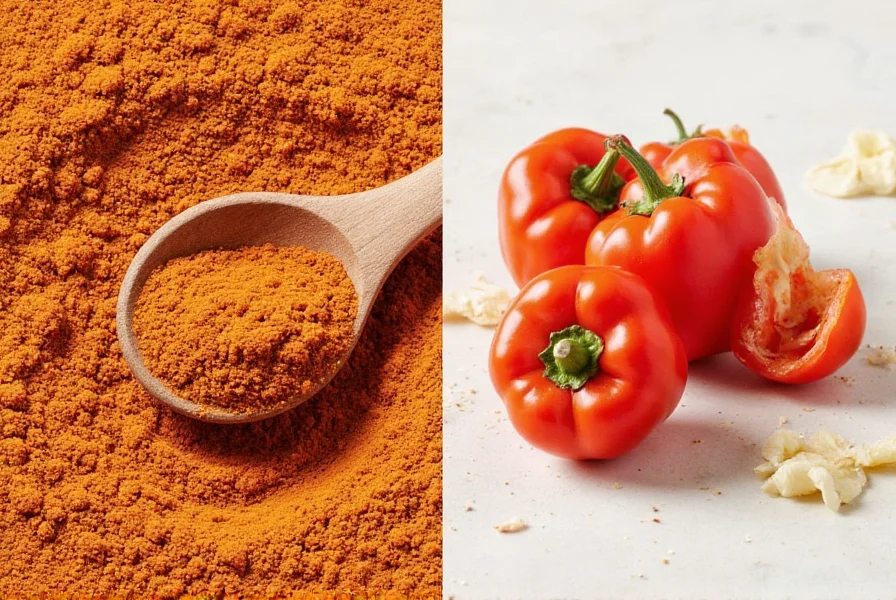









 浙公网安备
33010002000092号
浙公网安备
33010002000092号 浙B2-20120091-4
浙B2-20120091-4